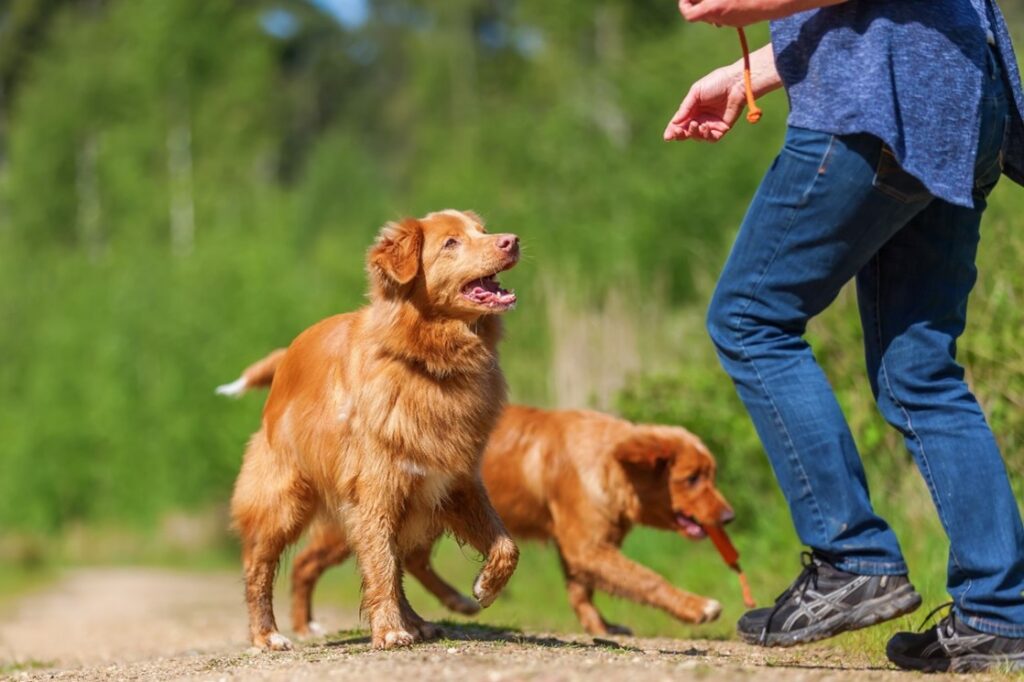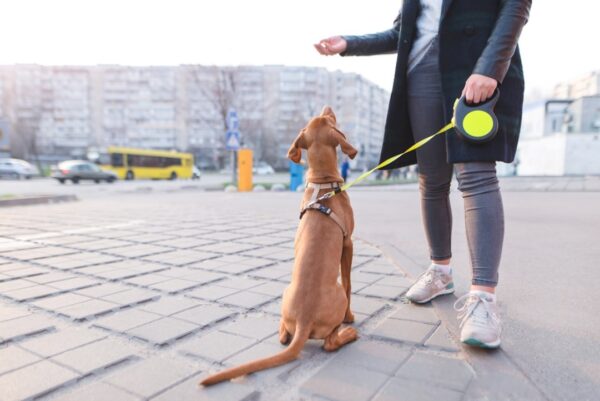Sometimes dogs can feel like man’s best not-so-well-behaved friend.
And that’s OK. No dog is perfect and that means they don’t always act perfectly either. Some have issues with begging or nipping. Others have trouble on a leash and figuring out appropriate ways to do their business. And there are some who develop behaviors based on past traumatic experiences or poor treatment.
Marissa Corbett of Shamong NJ says that the good news is that there are ways to work towards improving a dog’s behavior with the right kind of training and the proper owner attitude. As more Americans work at least part of the week at home, correcting unwanted canine behavior is more critical than ever.
Over the past few years, there has been about a 10% increase in owners taking dogs to obedience and behavior training. In 2020 alone, there was a 73% rise in spending on training tools, treats, and other devices to help improve behavior. Here’s what actually works.
Consider the Root Cause of the Issue
Dogs are motivated by a lot of things: attention, food, fear, frustration. Usually, dogs repeat a bad behavior because they are getting something out of it that reinforces the action.
Do they get a treat when they bark? Do they run around the living room because a family member watches them and doesn’t tell them to stop? Are they not getting enough exercise during the day or spending too much time in a room or kennel? A change in diet may also be to blame.
Practice Before Teaching
Proper dog training starts before a pet is even involved. Dog trainers call it “management” – owners taking the time to pinpoint exactly what is behind the unwanted behavior and what may be the best techniques to bring to the training table. The big goal is to determine the best way to stop a dog from repeating specific behaviors — and figure out what to teach instead.
This could mean doing everything from blocking a window’s view to prevent parking, hiding the shoes that have become their favorite chew toy in the closet or using crates or baby gates. The key is to take the time to come up with the best way to solve the problem and work closely to teach a dog the new, proper, wanted behavior.

Correct in the Right Way
It’s never acceptable to cause harm to a dog, and many dog trainers adhere to the principle of avoiding any form of physical discipline. Behavior modification can be challenging, but resorting to physical actions should never be considered, even when non-physical approaches to discipline don’t appear to be effective. Instead, concentrate on using verbal commands, reinforcing positive behavior, and making additional attempts to achieve the desired results.
Consistency is Key
Don’t give up. Proper training takes dedication, time, and energy — and behavior is rarely corrected the first time. Sometimes it helps to go back to basics, such as sitting and staying, even if they seem unrelated to the most pressing behavioral issue.

